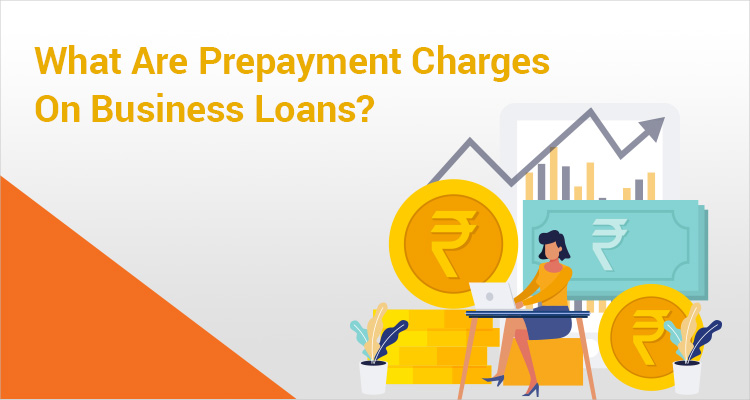RBI Relaxes Loan-to-Value Ratio For Gold Loans

A gold loan is among the best forms of a short-term loan. The borrower can avail a gold loan via a hassle-free, digital process with the lowest interest rate possible among various forms of a personal finance.
For the lender, a gold loan acts as a comfort factor since delinquencies and defaults are low because of people’s emotional involvement with the pledged gold ornaments.That said, the primary requirement for a gold loan is the need to temporarily part with a personal or family jewellery. Notably, lenders do not advance the same amount as a gold loan as the value of the yellow metal in a jewellery. They lend the amount that is based on the prevalent loan-to-value (LTV) ratio.
LTV Ratio
LTV ratio is basically a percentage of the value of the collateral. In the case of a gold loan, if the gold in the ornament is worth Rs 10,000, lenders are allowed to lend only a part of it. This ensures that if the value of gold, which changes every day and indeed every hour, shrinks then the value of the collateral doesn’t sink below the outstanding loan.The Reserve Bank of India (RBI) prescribes the LTV ratio to manage the liquidity and financial system of lenders. If the LTV ratio is close to 100% and the price of gold crashes then lenders would face an asset-liability mismatch which could disturb their financial health.
RBI Mandated LTV Ratio
This ratio was set at 75% by the RBI in the past. This meant that if the value of the gold assessed by a lender offering a gold loan was pegged at Rs 10,000, it could lend up to Rs 7,500 to the borrower. It could, however, lend a lower amount.When the Covid-19 pandemic broke out in early 2020, impacting the lives of millions of people worldwide, the RBI relaxed this LTV ratio upto 75% in August 2020.
“With a view to further mitigate the economic impact of the Covid-19 pandemic on households, entrepreneurs and small businesses, it has been decided to increase the permissible loan to value ratio (LTV) for loans against pledge of gold ornaments and jewellery upto 75% ,” it had said.This enhanced LTV ratio was applicable up to March 31, 2021 to enable the borrowers to tide over their temporary liquidity mismatches on account of Covid-19. However, fresh gold loans sanctioned on and after April 1, 2021 reverted to the LTV ratio of 75%.
Currently, upto 75% LTV ratio is being followed providing a ceiling or the maximum amount that lenders can offer against the value of the gold.Conclusion
Around nine years ago, the RBI had raised the LTV ratio on gold loan from 60% to 75%. This boosted the gold loan companies’ ability to lend. In 2020, the RBI had temporarily relaxed this ratio to 75% to help borrowers. Currently, the LTV ratio is back at 75%.Disclaimer : The information in this blog is for general purposes only and may change without notice. It does not constitute legal, tax, or financial advice. Readers should seek professional guidance and make decisions at their own discretion. IIFL Finance is not liable for any reliance on this content. Read more



